How Rivals Work Together to Develop a MotoGP Bike
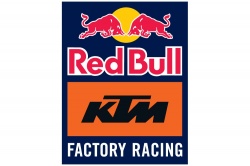
Posted on Jun 06, 2017 by Red Bull KTM Factory Racing
Red Bull KTM MotoGP, the Austrian motorcycle manufacturer has embarked upon its most audacious challenge yet.
The formative days of any factory team are littered with myriad decisions upon which the future of the program may hinge. Arguably none are more critical than selecting the initial rider lineup to set the tone and lead the charge.
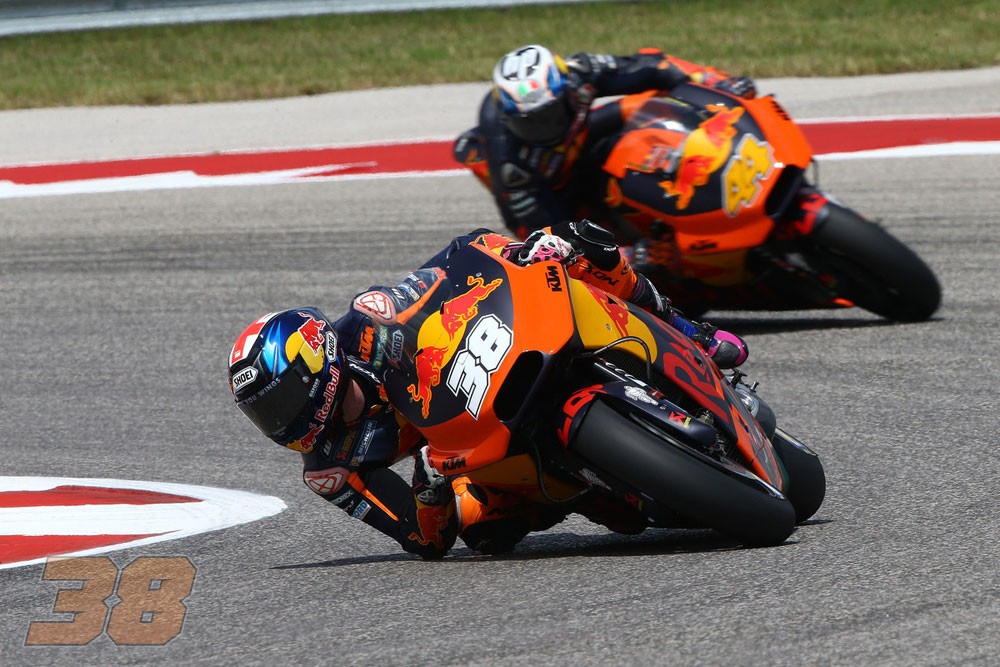
In that selection, a delicate balance must be struck in hopes of hitting on all elusive alchemy. In order to be ideally suited for the task, the riders need to be proven and experienced enough to lend the credible voices required to direct development.
However, it also helps if they are young and not so established that they'd end up discouraged by the inherent difficulties of development — drowning in concerns they're burning away their prime winning years on uncompetitive equipment. On top of that, the perfect combo must be able to simultaneously work in concert with, and in contrast to, the other.
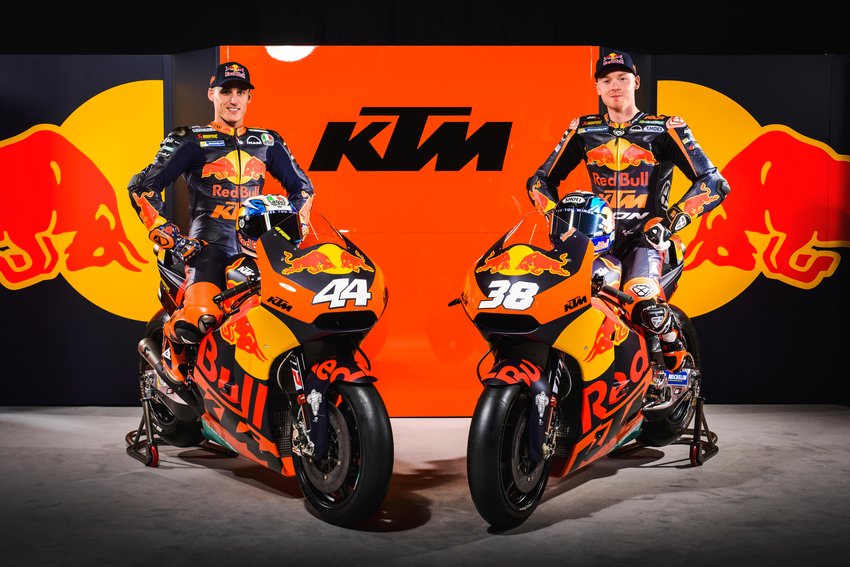
While the pairing of Bradley Smith and Pol Espargaro is not the 1-2 punch of Valentino Rossi and Maverick Viñales — or even Jorge Lorenzo and Andrea Dovizioso — KTM may very well have well hit the jackpot considering the current state of the RC16's development.
Viewed from a certain angle, the 26-year-old Smith and 25-year-old Espargaro are virtual mirror images on one another. They not only rose to the level of factory MotoGP rider following the same trajectory (125cc to Moto2 to satellite Yamaha MotoGP), they did so virtually alongside one another.
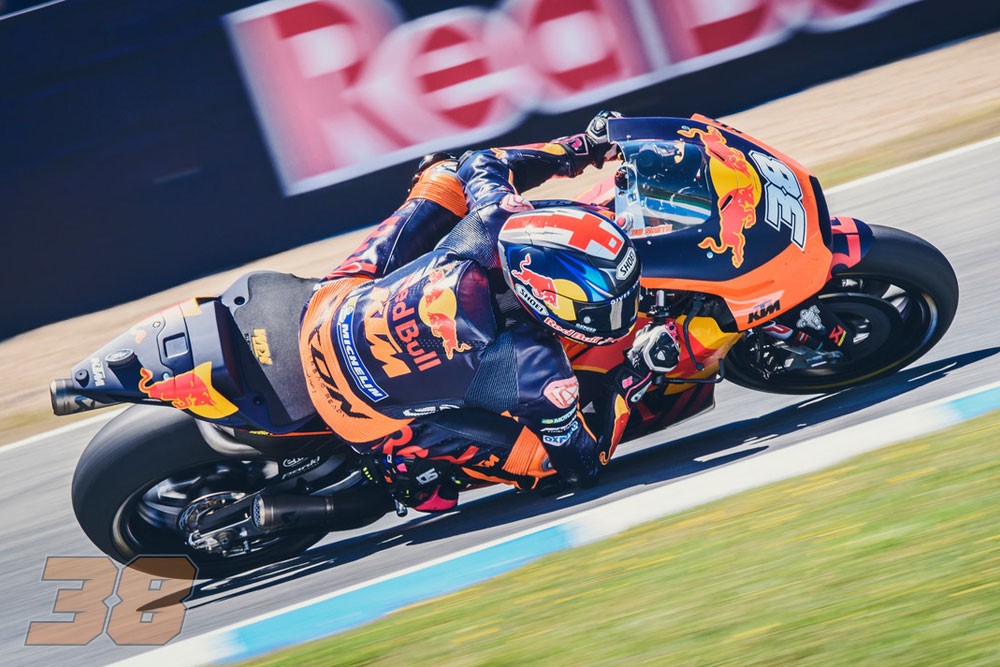
Both men entered the lightweight category in 2006 and the only year they have not shared the grid together since was 2013 — Smith's rookie MotoGP campaign which also served as Espargaro's Moto2 World Championship season.
While teamed together at Tech3, both flashed the speed to run near the front while taking turns getting the better of one another. Both own identical career-best premier-class championship rankings (sixth), while Smith boasts more podium finishes (two), and Espargaro holds the advantage in terms of front-row grid positions (also two).
That shared background ensures they are fluent in the same language when it comes to bike development. It certainly doesn't hurt that that language is rooted in Yamaha's balanced YZR-M1 — the current standard by which all other MotoGP machines are measured.
"In all honesty, because we come from the Yamaha together, and because we've ridden the same machinery in the terms of 125cc and Moto2, our development on the KTM has gone in parallel," Smith said. "That really helps. We complain about the same things and we want the same things, so that helps give us direction."
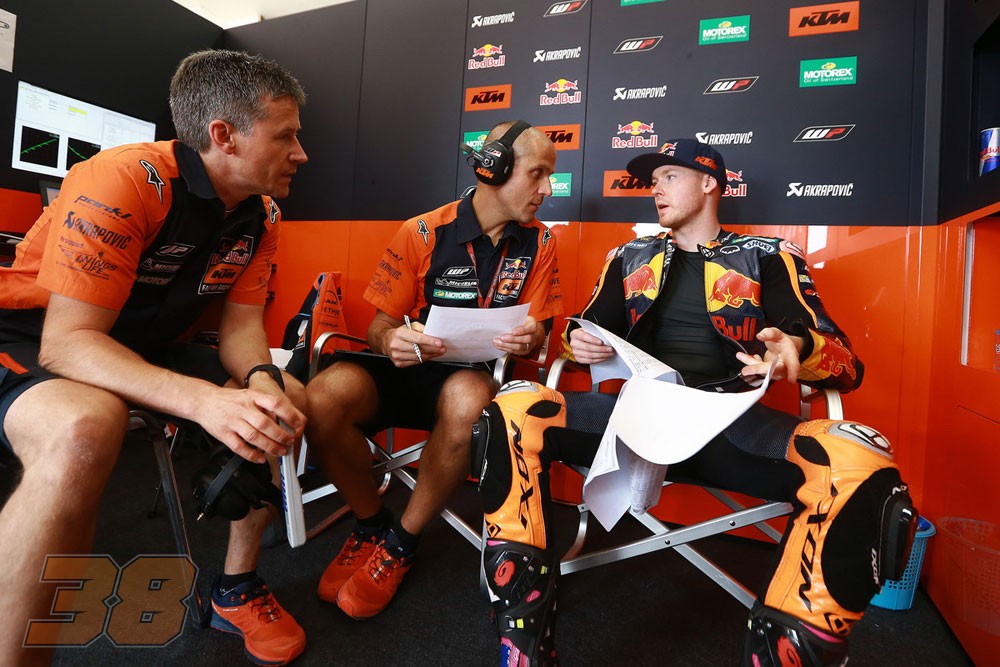
Their ability to work as a developmental team was tested on a smaller scale in 2015, when Yamaha drafted them in to prepare and then race its all-new YZF-R1 Superbike in the prestigious Suzuka 8 Hours. The end result was Yamaha's first 8 Hours triumph in nearly two decades.
"That showed us that we can do it," Espargaro said. "We've known each other from a long time, and our relationship is really good. Honestly, we can talk to one another about what is happening with the bike, and what we need to improve."
That openness allows the team to divide and conquer as part of a larger strategic approach to development.
Smith explained, "In Qatar, we had different settings. He rode the soft tire and I rode the medium, trying to get more data. The guys would check things over and say, 'Okay, here we need this or here we need that.' And then in Argentina, we rode quite different settings again, just to try and gain some information for the guys from an electronic point of view. So the more information we can give, the better it is for the guys and they can steer us in the direction … It just helps the development process."
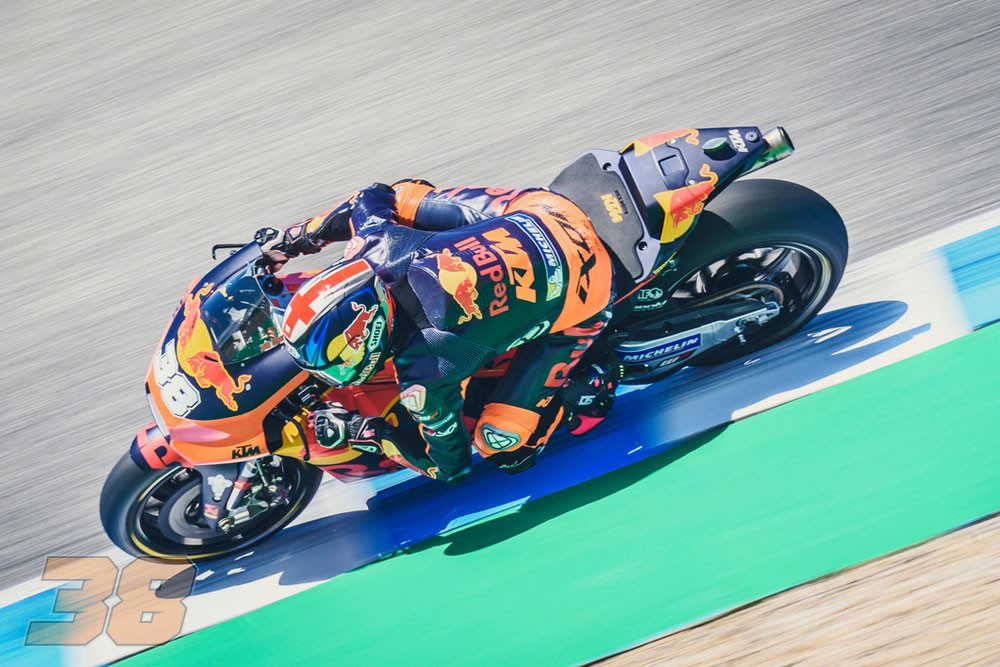
Despite the laundry list of commonalities, when viewed through another lens, the two could not be more different as riders, either viewed from the fence or in the garage.
Former MXer Smith is among the most technically minded riders in the paddock. He is thoughtful and deeply curious about the ins and outs of electronic aids and bike setup. The cerebral Englishman zeros in on the bike's limit and then rides it to that potential.
Espargaro, meanwhile, is fueled more by emotion. The fiery Spaniard is perfectly willing to push beyond any prescribed limits which helps provide clues about the RC16's eventual ceiling.
If the plan comes together as intended, these differences will force KTM to develop a well-rounded world-beater rather than to a one-man machine.
"When you are riding a bike, you need to be as fast as you can, but sometimes you can find more than one solution," Espargaro said. "Bradley and I are different in different ways — riding style and even how we treat the bike setting. This provides more possibilities to play with than if we were just focusing on one line."
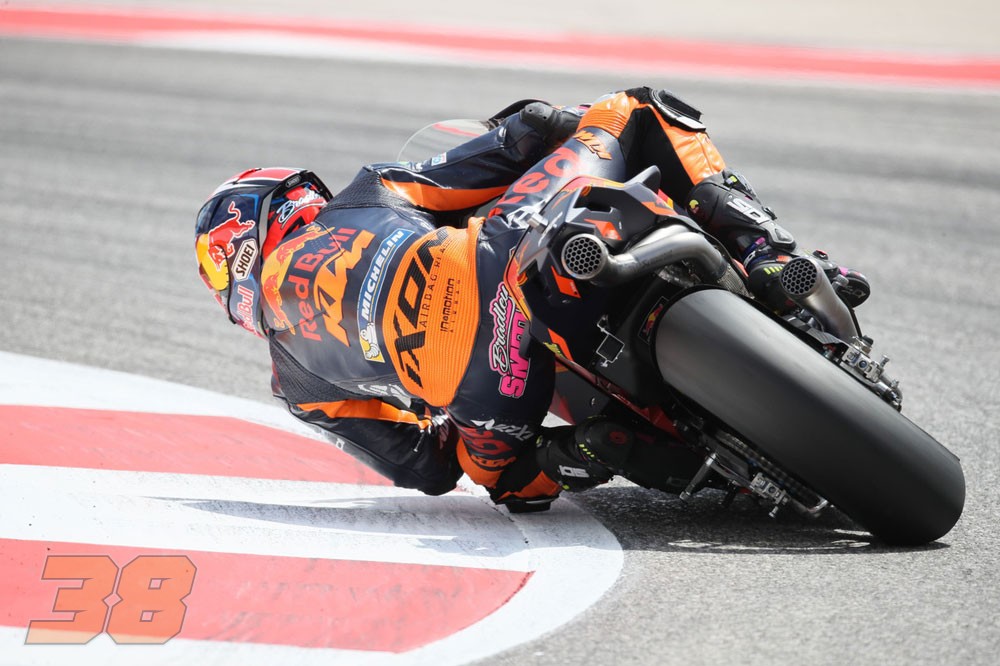
The self-aware Smith added, "Our riding styles are quite a bit different. That actually helps us in many ways. It helps KTM develop a bike that doesn't only suit one riding style; it helps them develop a bike that is more rider-friendly. That helps if they decide to develop customer bikes or someday look to other riders. Of course, I'd love to be the rider, but (with a well-rounded package) they can better entice other riders to come in.
"If we have a look at Ducati a few years ago, only (Casey) Stoner could ride it. Whereas, at the moment, we have a KTM that both me and Pol can ride with two different riding styles and be pretty much the same place on the racetrack. That just makes it versatile, and that is something KTM wants to be known for."
Coming in Part II: Deep Dive into the Developmental Process
